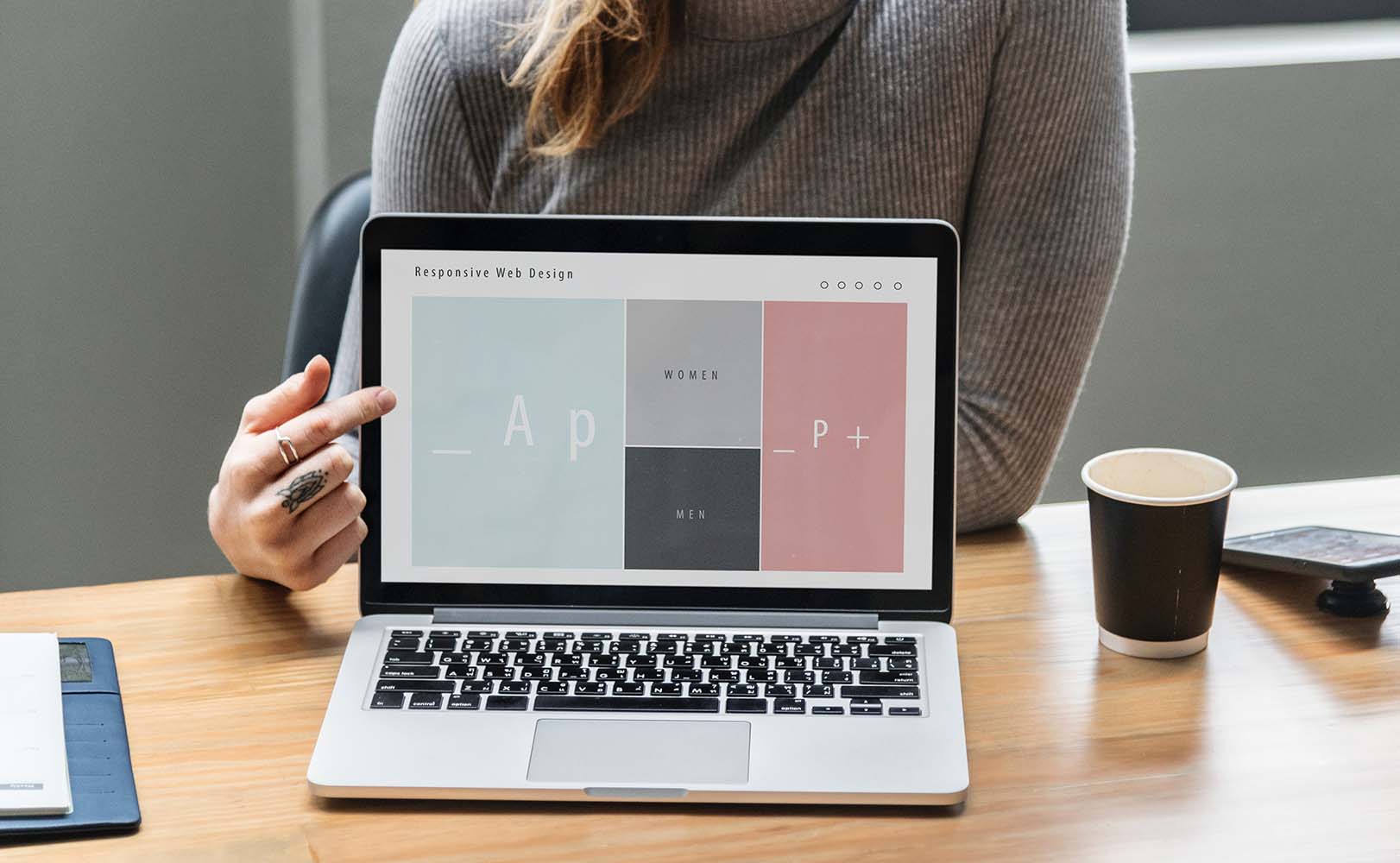Whenever the term UX pops up in front of designers, there is a common claim on its practice- ‘ Oh yes, I do that- I have been doing it for a very long time.’. They regard UX as something innate to design.
Most of them even make it their job title. But have they actually evolved as a designer? Or have they just minced the buzzword with their title? Come to think of it, what does a UX designer actually do? Well, we know UX stands for user experience and a simple way to understand it is that it measures the ‘feel’ in the ‘look and feel’ motto.
Traditionally, we were more inclined on the look or the design of each individual screen or graphics but with time as we advanced in our knowledge of digital interactions, we are more concerned about the ‘feel’ or UX. Now, the experience is not a narrow term at all.
A design must take into account the entire experience i.e. not just screen or graphics, but how a user shifts from screen to screen, how feedback is given to the user, how it all sums down to a positive experience. UI and UX designers work together, but their priorities and objectives are quite different.
UX takes the responsibility to enhance user satisfaction by working on the usability, accessibility, and interaction of the product. It unites the areas of traditional human-computer interaction design and targets at refining all areas of user experience with a product or service.
UX designers are dedicated to fulfilling the end user’s main needs and try to chalk out a product that makes the audience delighted. This results in a healthy return on investment and provides aid to growing business or organization.
UX industry is currently expanding at a great pace. Yes, the fact that there is a UX specialist present at every nook and corner is enough to prove this. But are they genuinely one? For that, first, we need to understand who is a UX designer.
UX Designer- The Definition
The responsibility of a UX designer relates to the way a product or service feels. The basic task is to take make sure that each step of the product design process smoothly flows from one to the next.
This can be accomplished through the use of ‘in-person’ user exams so as to analyze the actions. If the designers can solve both verbal and non-verbal challenges, they will be able to deliver a powerful and pleasant user experience.
The Main Job

A competent UX specialist manages all the features of awesome user experience into a complete package. All the features must be integrated together instead they being in the opposite directions.
To be a successful UX designer, you must have great communication skills, passion, innovation, creativity, and intuitive traits to judge when to experiment and when to follow protocols. Below are some techniques that many UX designers rely on at various stages of a project-
Wireframes and Sketches
A wireframe is a rough guide for the design of a website or app. This is a deliverable that is synonymous with being a UX designer. Once a wireframe is created with static images, various tools like Balsamiq Mockups and Axure RP further convert it into an interactive prototype, that too without writing any code.
Rapid Prototyping 1 of 3: Sketching & Paper Prototyping
Rapid Prototyping 2 of 3: Digital Prototyping
Rapid Prototyping 3 of 3: Native Prototyping
For UX designers, they are much vast than just wireframes machines, but the truth is that they are fundamental to design as they create a raw layout and even its tools are easy to learn. You can even say that they are careful preparation needed to build a product. When this preparation is transformed into a visual framework, it is very helpful in assistance of development and design groups.
Research
Research is a crucial task that the UX designer undertakes as it involves understanding the market and analyzing what the users actually want. So, to interpret the requirements, communication with the real users is done within the target market regarding the product.
What are their needs, what are they searching for and what they are not able to find in the current market? If the product is not created yet, talk to those using similar products and question what they want. If the product is in a picture, ask how they feel about the current design and is the information according to their needs. To begin with, start with the client brief, but don’t stop there.
Various methods like questionnaires, focus group discussions, online surveys and task analysis can be done. Once you have figured what the client wants and think users are on the lookout for, delve deeper. Do go for competitive analysis as it can reveal a lot of details from the competition viewpoint.
User Testing
Making the users sit in front of your website/app and asking them to undergo tasks you have already decided, while they think out loud, is the basic aspect of user testing. But UX design is not just limited to being glued in front of your online platform or application and enquiring about their opinion. Evaluation should be done in such a manner that the ability of the client to perform the actions designed especially for him can be thoroughly studied.
By such an approach, you will receive their unfiltered and genuine response to their user experience. For this kind of testing, the number of individual assessments, the choice of participants, all such parameters depend on the amount you are ready to spend to get the answers early on in the process. The good thing is that client-based testing is of
Evaluation should be done in such a manner that the ability of the client to perform the actions designed especially for him can be thoroughly studied. By such an approach, you will receive their unfiltered and genuine response to their user experience. For this kind of testing, the number of individual assessments, the choice of participants, all such parameters depend on the amount you are ready to spend to get the answers early on in the process. The good thing is that client-based testing is of
The good thing is that client-based testing is of the easy and direct type much like observing a user interacting with your online product. Testing is a very straightforward process and should be used often. Just imagine, being in the same room when someone is finding it difficult to use your product, can indeed become a factor of empathy amongst users.
User Personas
‘Persona’ is much like a fictional character which represents one of the user categories that you are designing for. Such kind of identity, that is created for evaluation, must be framed after careful research, that too if it is worthy of the effort.
Yes, inventing a totally new persona is interesting and creative, but it will be of no use if it has no relation to the user stats of your online product. This fictional character is futile as it will not correspond to your business. An ideal approach to building a solid character is by doing in-depth research in the form of user exams, questionnaires, interviews, scenario-based inquiries, and other methods and then making that fictitious identity. Remember, personas should always reflect patterns that you have
An ideal approach to building a solid character is by doing in-depth research in the form of user exams, questionnaires, interviews, scenario-based inquiries, and other methods and then making that fictitious identity. Remember, personas should always reflect patterns that you have recognized in your users or even the prospects.
User Scenarios and Story cards
A scenario is just like a narrative that tells ‘one fine day’ in the life of one of your personas, even showing how your website/app is suitable for their lives. If you have the knack of writing user stories in a robust environment, writing scenarios won’t be a big deal but here the topic in focus is regular usage and not special cases.
Based on the audience, a storyboard can prove to be a more appropriate medium for capturing how, when, where and why a user might use your product. Working along the lines of the filmmaking industry, a storyboard is like a visual sequence of events used to show a user’s interactions with a product. It can be just like a rough sketch, a platform for putting your ideas on paper or a more refined depiction like a comic for capturing your audience.
Basic Information Architecture
Once the research, personas, and storyboards are done, next is the step to define the initial IA i.e. Information Architecture. Is the design for a website or an app, whether it is a new product or a redesign, ensure that you have carefully evaluated all the steps that a user might take while engaging with your product.
Include even the smallest of details. Make a sketch on a whiteboard, create a drawing on a paper or use a program, choose whatever works best for you to chalk out your plans. The idea is to get it all down so that you can make some sense out of it.
Revise Regularly
UX is highly influenced by user behavior so even after the launch is done, UX designers keep on exploring more in order to plan out future updates. There is never a stop with the launch of the best possible product as there is always zeal to learn and advance high.
Off the Screen
Although a lot of attention is paid to the user flows and particular actions within the website/app, still UX designers are fully aware that there is much more to UX than what happens on the screen. In an era where mobile and wearable technologies are found everywhere, don’t forget, user experience happens in the real world and competent UX designers work for the longer run.
Unqualified for the Post
You can’t get the title of a skilled UX designer if you fail to establish contacts with people who should be helping you to devise strategies. UX designer is all about user experience and if the user only is non-existent, there is no point. If your designs are solely governed on creative thought and ignore the advantages of real-life data, you don’t qualify to be a designer at all.
UX specialists who are under the notion that the online platform is suitable for anybody and everybody, they are themselves making their job an impossibility as there is always a target audience of users. If you want to be an adept UX designer, it is important that you utilize all the design tools like client interviews, usability exams, fictional characters, A/B assessments and much more.
Conclusion
This article touches upon few techniques out of hundreds that UX designers have available with them, which in turn help them to get the perfect design and make the design perfect. The art is to know when to use which technique to get excellent results. A product is never really finished. Actually, it is not the sole thing that is valuable rather the techniques that make it are of greater significance. Keep refining your techniques while you are constructing a product; it will make your product evolve and enhance the overall quality of your result.




